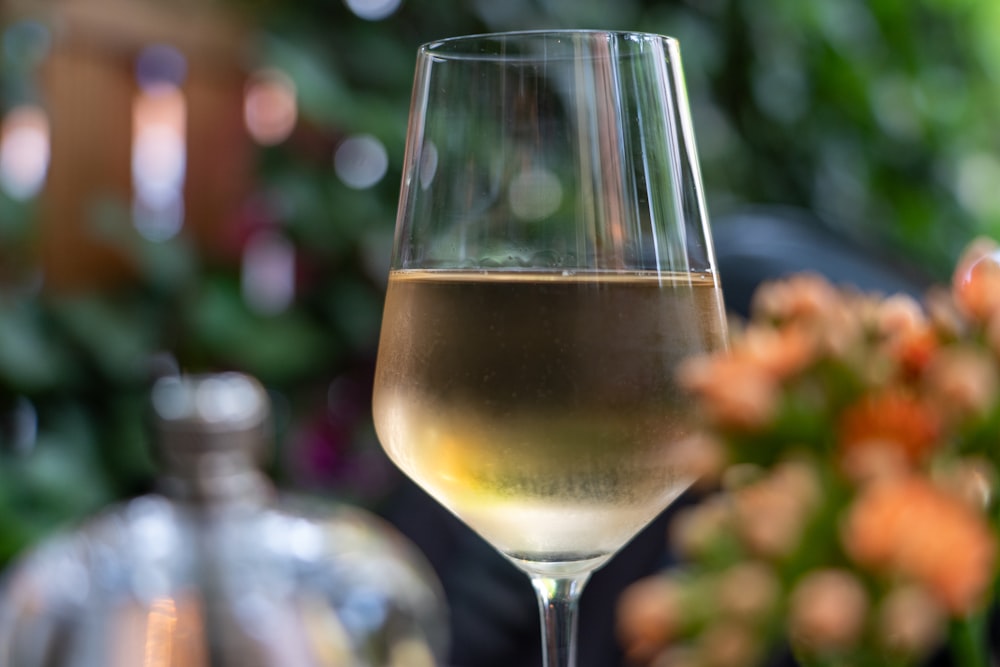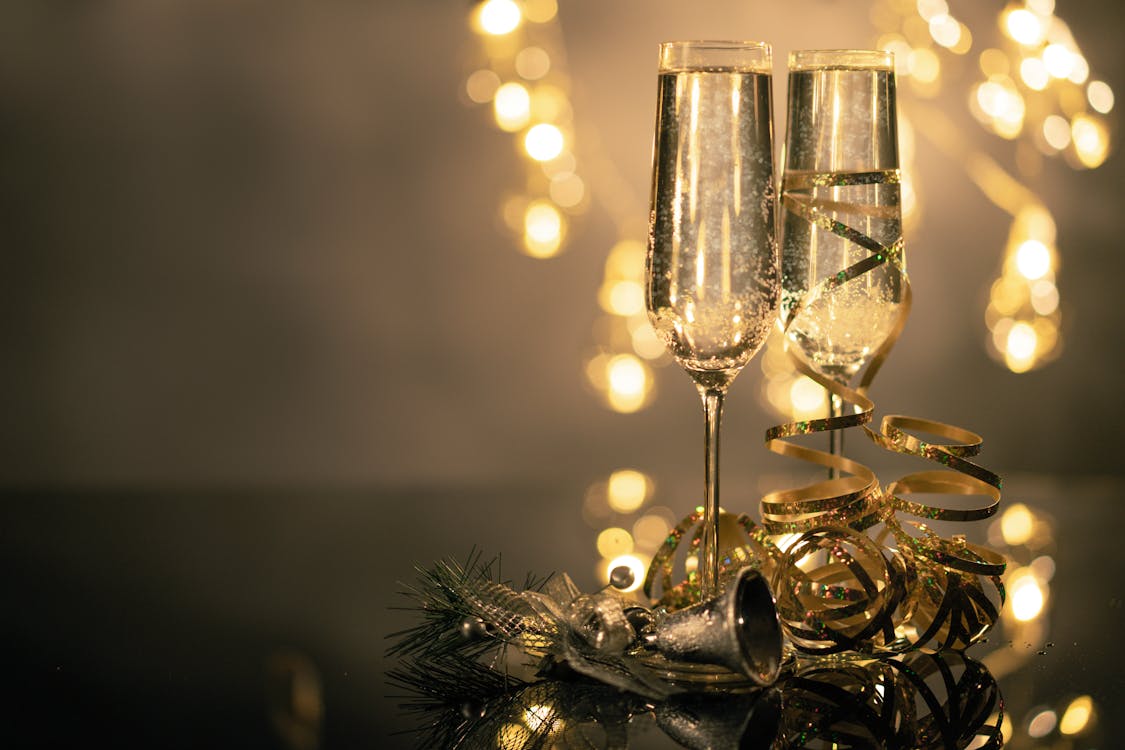
Image Source: Pixabay
Whether it is an upcoming barbecue or a special event, wine is an integral part of a celebration. Organising a wine party requires you to look into many things, from guests’ entertainment to the wine which you will serve.
A case of wine over independent bottles can be an ideal option. It allows you to bulk buy with an advantage of a reasonable discount on high-end wines. Customising the wine case into sparkling wines, whites, reds, and rosé presents endless possibilities to wine drinkers. However, choosing wine isn’t the only important thing. Glassware is key. You should be aware of details like the overall length of the glass, body structure, and wine compatibility. This article gives you a comprehensive insight into wine glass selection.
The Wine Glass Anatomy

Image Source: Unsplash
There are four parts to an ideal wine glass. These are the base, stem, bowl (the middle section), and the topmost rim. Here are the precise details of a stemmed wine glass.
Base: The foot of the glass is the base. It holds the wineglass in a straight position and provides stability.
Stem: A stem connects the wine glass base to the mid-section bowl. You hold on to the stem, not the base. Holding on to the stem further reduces the chances of your finger marks spoiling the wine bowl. It also prevents your hand from warming up a wine that should be served chilled.
Bowl: The bowl sits above the stem. It should be wide enough to swirl the wine without splashing or spilling the contents. A wide bowl allows you to sense the aroma release.
Rim: The rim lies in the uppermost part of the bowl. It serves various purposes, like enhancing the wine aroma and impacting the wine taste.
Another option is stemless glasses which have no base or stem. They grace a table with a bowl and a flat bottom.
Wine Glasses by Wine Type
Most people believe in the “one-glass-fits-all” approach. Yet, since each wine type has specific grapes, flavour profiles and structure, wine glass compatibility plays a pivotal role in enhancing its bouquet. Here are the different kinds of wine glasses to consider buying for your next celebration.
For Red Wine
Image Source: Unsplash
A typical red wine glass is a broad glass with a large opening. The full, round bowl helps you detect the red wine aromas and flavours after air contact and oxidation process. Following are the highlights of red wine glasses. Red wine glasses are generally bigger as red wine requires more time and space to breathe.
Burgundy Glass: These are apt for lighter red wines like red Burgundy, Beaujolais, and Dolcetto. Such a type has a broad bowl and thin rim with a short lip design. Moreover, it comprises a narrow top directs wine to the tip of the tongue, allowing you to detect flavour nuances.
Bordeaux Glass: Reckoned as the tallest in red wine glasses, these are ideal for full-bodied red wines with high tannins like Bordeaux blends, Cabernet Franc, Cabernet Sauvignon. With a broad-bowl, it can enhance the flavour spectrum and minimises bitterness.
Pinot Noir Glass: Suitable for Pinot Noir and other light red wines, this glass is quite similar to Burgundy glass, hence interchangeable. Moreover, its wide bowl permits plenty of air contact to improve aroma and flavour.
Cabernet Sauvignon Glass: Appropriate for Cabernet Sauvignon and other bold wines, this has less height as compared to a Bordeaux glass, but comes with a narrow rim in a few variations. Besides, its large bowl causes ethanol to dissipate on the nose, further enhancing the smell of the wine.
Standard Red Wine Glass: A standard red wine glass is ideal for medium to full-bodied red wines like Zinfandel, Merlot, Shiraz. Having said that, its small glass mouth permits the flavours to meet the tongue and soften the spiciness.
For White Wine

Image Source: Unsplash
White wine glasses have a U-shaped and smaller bowl than a red wine glass. The shape maintains the wine’s cool temperature while enhancing the flavour.
Chardonnay Glass: Chardonnay glass is for Chardonnay and other full-bodied white wines. Its large opening directs the wine to the sides and the tip of the tongue, making you detect the wine sweetness and acidity. Moreover, the bowl of this glass provides the required aeration to concentrate the aroma.
Sauvignon Blanc Glass: Best for Sauvignon Blanc and other light, fruity and floral wines like white Bordeaux, Muscat Blanc, and Pinot Grigio, this glass is tall and has a slender bowl, allowing you to enjoy the floral and fruit aromas. The shape of the glass causes your tongue to establish the u-shape, delivering a smoother sip
Standard White Wine Glass: Compatible with Riesling and other sweeter wine varieties like Sauvignon Blanc. This wine glass has a smaller rim that directs wine towards the centre and the back of your mouth.
For Dessert Wine
A typical dessert wine glass is usually smaller because of the high alcohol content of dessert wines. Dessert glasses allow adequate sweetness detection.
Port Wine Glass: Ideal for port or other dessert wines, its narrow mouth glass concentrates aromas and reduces evaporation, allowing sufficient swirling for aroma release.
Sherry Wine Glass: This wine glass is ideal for Sherry, Port, and other dessert wines. Furthermore, it has a very long stem and a moderate rim.
For Sparkling Wine

Image Source: Pexels
Sparkling wine glasses have a narrow, upright bowl to preserve bubbles formation. Here are sparkling wine glasses to choose from.
Flute Wine Glass: The flute wine glass is good for sparkling wines or champagnes and has a short to medium-length stem with a long, narrow bowl. Bubbles tend to gather and quickly rise from the base, whereas its bowl preserves the carbonation to secure the flavour.
Tulip Wine Glass: This is one of the glasses meant for mature champagnes and floral sparkling wines, such as Asti and Prosecco. A tulip wine glass has a slim base opening to a broader bowl with its bead at the base allowing bubble formation. Its narrow top also prevents excess carbonation from getting away.
Coupe Wine Glass: The vintage and coupe glasses are ideal for serving sweeter champagnes and cocktails. Short and broad bowl stemmed glass, it is ideal for cocktails and themed events.
For Rose Wines:
Rose wine glasses come in flared lip and slight taper designs. The flared lip rose glass has a long stem, whereas a slight taper has a short bowl rounded at the bottom.
Wrapping Up
Subtle differences in glass design can impact how you experience a wine. Take the bowl shape into consideration first, matching the bowl to the type of wine. The universal wine glass is the best option for avid wine-drinking lovers.


